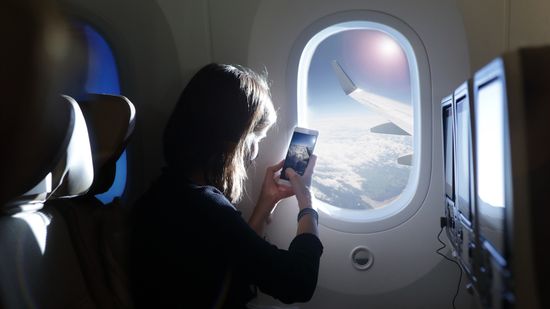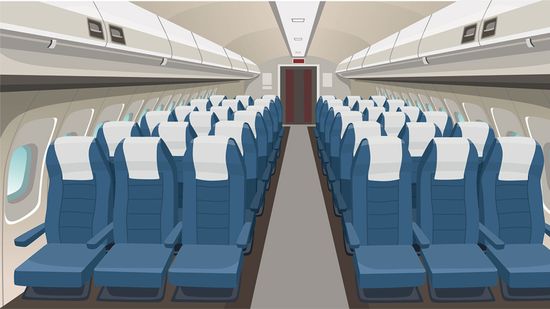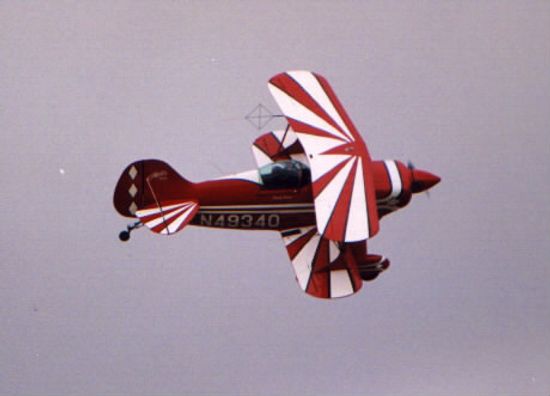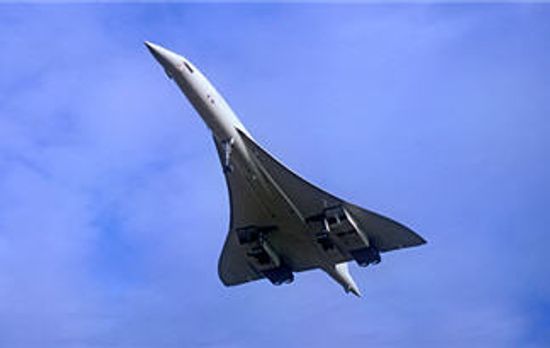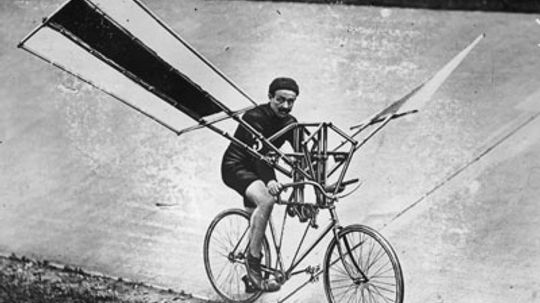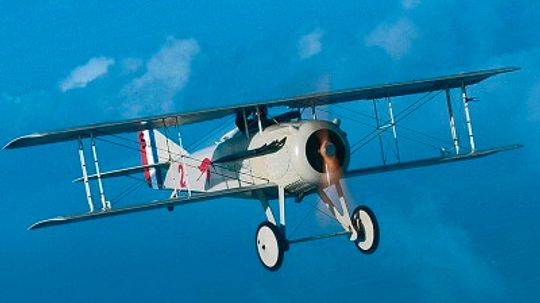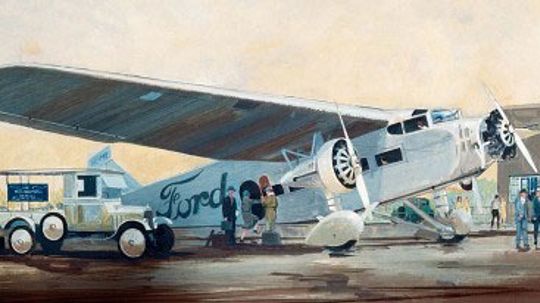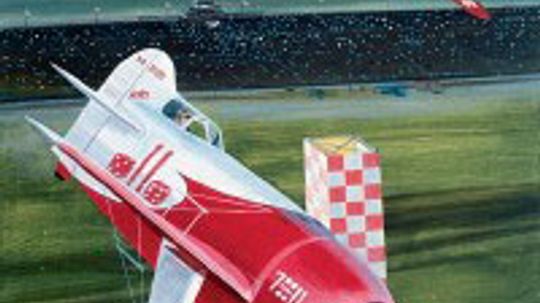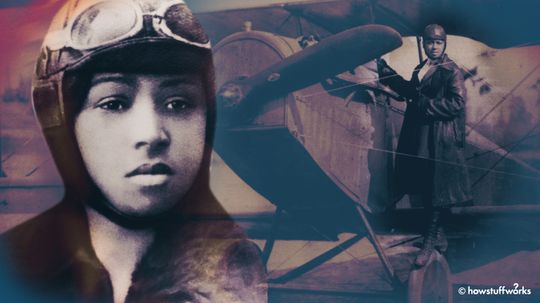Classic
From the Wright Brothers to the Boeing 747, explore the classic planes that helped forge an industry and alter the face of human transportation in the 20th century.
Learn More
Steampunk enthusiasts imagine an alternate version of history, where the dress code demands petticoats and suit vests and airships are the most romantic forms of all transportation.
Since prehistoric times, people have wanted to take to the skies. Trouble is, humans weren't meant to fly. Of course, that didn't stop some determined souls from trying.
By John Fuller
Every one of these classic airplanes was the product of loving care of an intelligent design team doing the best work of their era. Learn how aviation evolved and find links to classic airplane profiles, from the early years through today's jet age.
Advertisement
Over the years, 199 Ford Tri-Motors airplanes would be built. They would serve all three branches of the U.S. military, many airlines, many corporations, and 20 foreign countries. Learn about the strong, reliable, versatile Ford Tri-Motors aircraft.
The Gee Bee Super Sportster R-1 classic airplane was designed by the Granville Brothers, who became some of the most famous names in aviation during the Golden Age of Flight. Learn about the records and ignominy of the speedy Super Sportster R-1.
You've heard all about the exploits of Amelia Earhart, but do you know the story of Bessie Coleman, the first Black American woman to receive a pilot's license?
